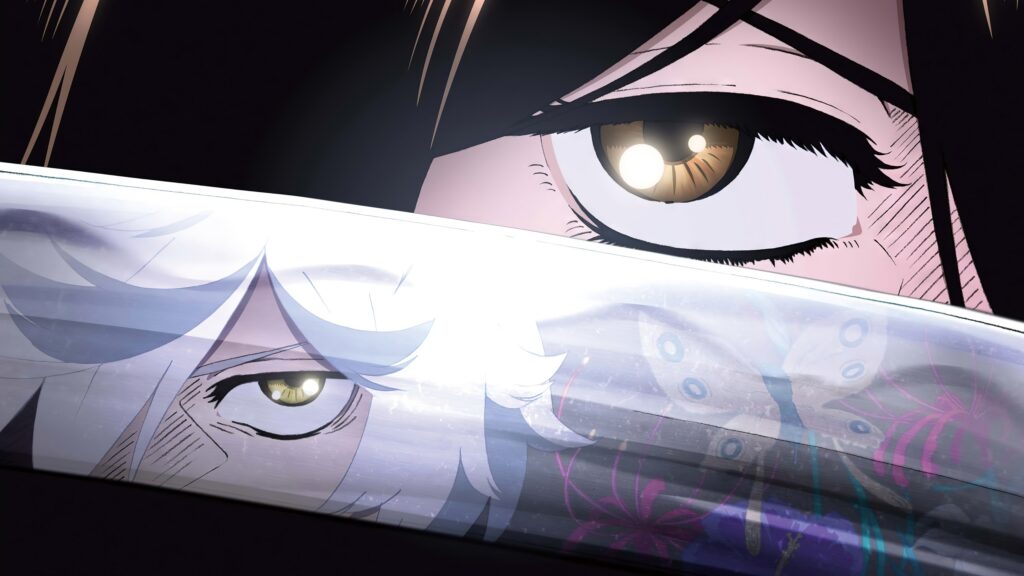Hell’s Paradise anime has garnered praise for its stunning animation and captivating sound design, transporting viewers to a mesmerizing world filled with visual splendor and immersive audio. But beyond the surface-level allure, lies a hidden treasure trove of intricate plot points, thought-provoking metaphors, and masterful storytelling techniques that elevate the anime to new heights of narrative excellence.
While it’s easy to be mesmerized by the fluid animation and breathtaking soundscapes that accompany Hell’s Paradise, this exploration aims to delve deeper into the rich tapestry of the series, unearthing the hidden gems that lie within its plot points and metaphors. By shining a spotlight on the intricacies of its storytelling, we aim to unravel the complex web of foreshadowing, thematic exploration, and moral dilemmas that make Hell’s Paradise a true standout among its peers.
Section 1: The Art of Foreshadowing
Hell’s Paradise anime captivates viewers with its exceptional use of foreshadowing. Through subtle hints and clever visual cues, the anime sets up future events, allowing attentive viewers to piece together the puzzle alongside the characters. The series plants the seeds of anticipation and rewards viewers for their attentiveness by gradually revealing the hidden secrets and connections within the narrative.
The anime’s careful execution of foreshadowing enhances the sense of mystery and anticipation that permeates the series. Each detail, whether it’s an enigmatic symbol or a seemingly insignificant line of dialogue, carries significance and foreshadows future plot developments and character arcs. As the story unfolds, the previously obscure hints gain clarity, leading to moments of revelation that are both gratifying and thought-provoking.
Moreover, Hell’s Paradise uses this aspect to contribute to the overall world-building and narrative structure. It creates a sense of cohesion and interconnectedness, as seemingly unrelated elements gradually merge together to form a cohesive whole. This attention to detail showcases the thoughtfulness and meticulous planning behind the storytelling, making each foreshadowed moment feel purposeful and integral to the larger narrative tapestry. The anime’s skillful employment of foreshadowing elevates the viewing experience, making it engaging and memorable for fans of the series.
Section 2: Symbolic Metaphors and Thought-Provoking Themes
Metaphors play a significant role in Hell’s Paradise, enriching the storytelling with profound symbolic representations that resonate on multiple levels. The island itself becomes a metaphorical landscape, a microcosm of the human condition, where characters confront their inner demons and grapple with the consequences of their actions. Through the use of powerful metaphors, the anime delves into themes of redemption, morality, and the blurred lines between good and evil, prompting viewers to question their own beliefs and values.
The anime’s exploration of metaphors goes beyond surface-level symbolism. It delves deep into the psyche of its characters, presenting them as complex individuals whose external battles mirror their internal struggles. Metaphors become a means of visualizing the internal conflicts and emotional turmoil experienced by the characters. Each metaphorical representation serves as a window into their psyche, allowing viewers to gain a deeper understanding of their motivations, fears, and desires. This layer of metaphoric storytelling adds depth and complexity to the narrative, immersing viewers in a thought-provoking and introspective journey.
Furthermore, the skillful use of metaphors in Hell’s Paradise helps to blur the boundaries between reality and illusion. The anime invites viewers to question the nature of truth and perception, as characters navigate a world where nothing is as it seems. Metaphorical elements become a vehicle for exploring the fluidity of reality, challenging viewers to question their preconceived notions and embrace the ambiguity and uncertainty of the story. By embracing the power of metaphors, Hell’s Paradise transcends the conventional boundaries of storytelling, delivering a narrative that engages both the intellect and the imagination.
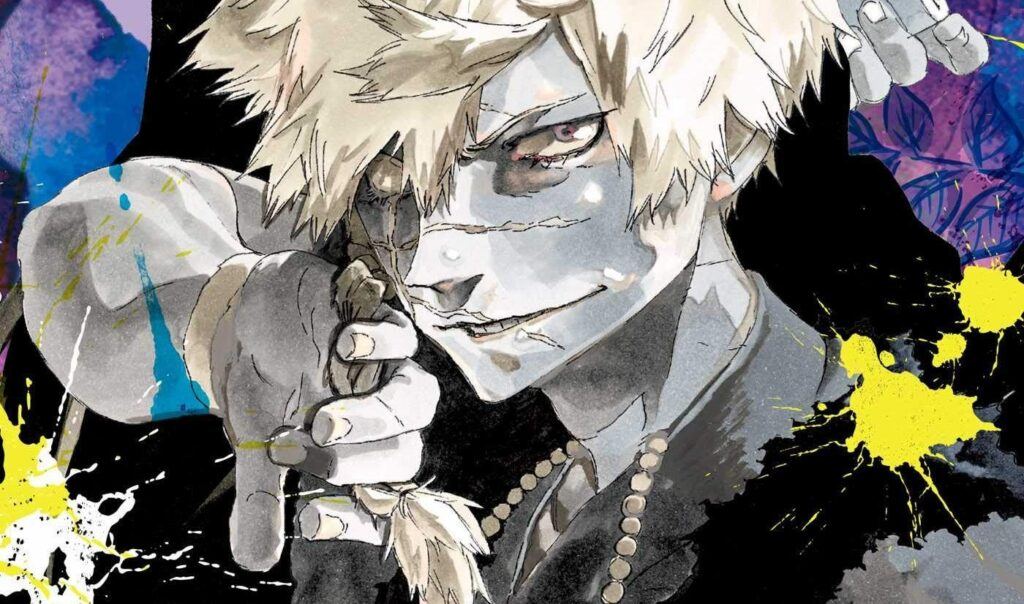

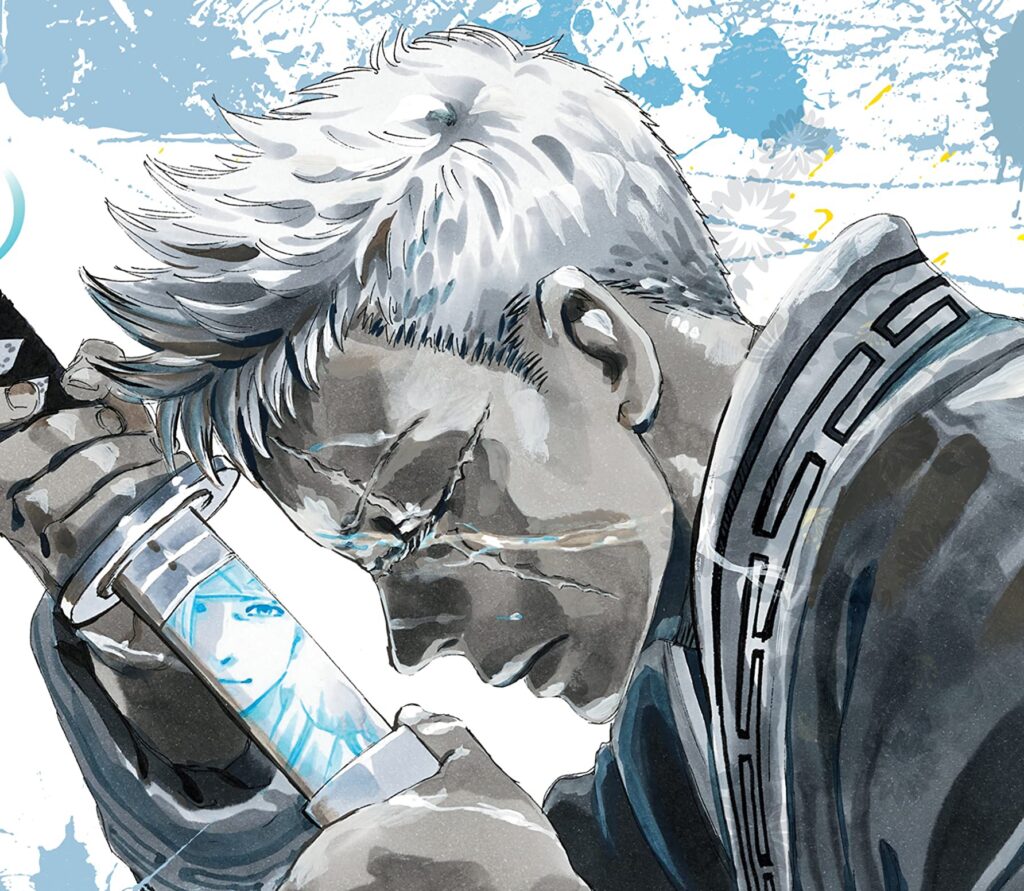

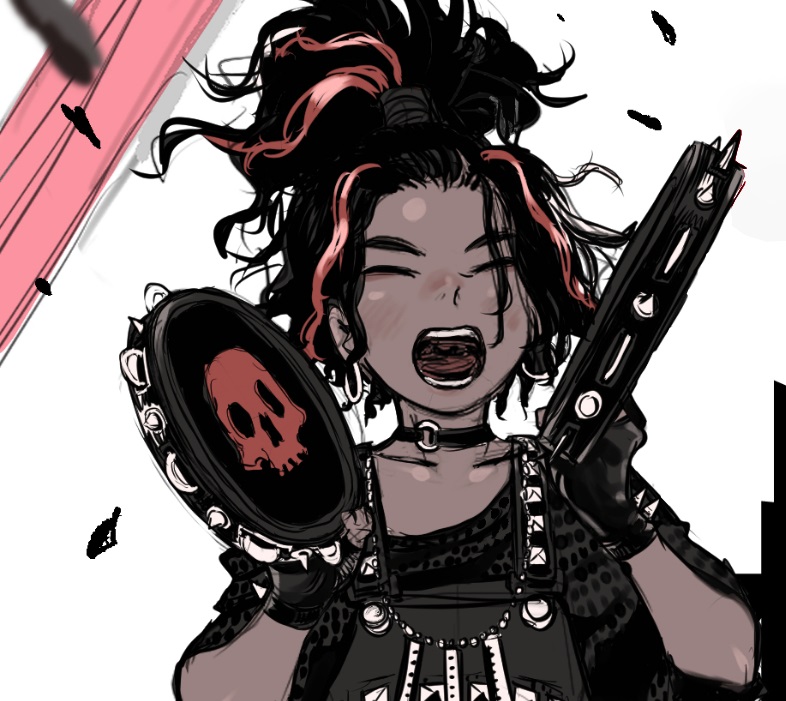

Section 3: Intricate Plot Points and Unexpected Twists
Hell’s Paradise anime presents a rich tapestry of interconnected storylines and character arcs that weave together seamlessly. The plotting is meticulously crafted, offering a constant stream of surprises and unexpected twists that keep viewers on the edge of their seats. The narrative unfolds with a carefully calculated pace, balancing moments of intense action with moments of quiet introspection. Each plot point serves a purpose, whether it’s a shocking revelation about a character’s past or a cleverly orchestrated scheme to manipulate the island’s inhabitants. The intricate plotting ensures that viewers are constantly engaged, eagerly anticipating the next turn of events and how they will impact the overall narrative.
One of the anime’s strengths lies in its ability to challenge expectations and subvert traditional tropes. It deftly avoids falling into predictable story beats, keeping viewers guessing and subverting their assumptions. The characters’ journeys are filled with unexpected obstacles and dilemmas, forcing them to confront their deepest fears and make difficult choices. The narrative continually pushes the boundaries of what is expected, presenting morally gray situations and complex ethical dilemmas. This adds a layer of depth and complexity to the story, elevating it beyond mere entertainment and provoking thought-provoking discussions about the nature of power, justice, and redemption.
Furthermore, Hell’s Paradise introduces new layers of intrigue as the story progresses, expanding the scope of its world and exploring the complexities of the island’s mysteries. With each revelation, the anime delves deeper into the hidden secrets and dark history of the island, gradually uncovering the truth behind its enigmatic nature. This gradual unfolding of information keeps viewers engrossed, constantly seeking answers and piecing together the puzzle alongside the characters. The intricate plotting ensures that every detail is significant and contributes to the overarching narrative, rewarding attentive viewers with a satisfying sense of discovery and a deeper understanding of the story’s intricacies.


Section 4: Exploring Morality and Ethical Dilemmas
Hell’s Paradise delves into complex moral dilemmas through its characters’ choices and actions, offering a nuanced exploration of the human condition. The anime presents a diverse cast of morally ambiguous individuals, each driven by their own motivations and conflicting desires. As the story unfolds, viewers are confronted with ethical questions that have no easy answers. The characters are forced to grapple with their personal beliefs and confront the consequences of their actions, blurring the lines between right and wrong. This exploration of nuanced morality adds depth and substance to the narrative, elevating it beyond a simple tale of survival.
Throughout the anime, the concept of redemption takes center stage, as characters are presented with opportunities for personal growth and transformation. Each decision they make has profound implications for their journey toward redemption and the lives of those around them. The exploration of redemption is not limited to a single character or a singular path, but rather weaves through the narrative, challenging viewers to examine their capacity for forgiveness and the potential for change. This thematic exploration is a constant reminder that redemption is a complex and multifaceted process that requires introspection, sacrifice, and an unwavering commitment to personal growth.
In addition to redemption, Hell’s Paradise also delves into the nature of justice and the fine line between righteousness and vengeance. The characters are faced with situations where their pursuit of justice becomes entangled with their desires for revenge. This exploration forces viewers to question the nature of justice itself and the morality of taking matters into one’s own hands. The anime prompts contemplation on the blurred boundaries between justice and vengeance, raising essential discussions on the consequences of seeking retribution and the potential for perpetuating a cycle of violence. By presenting these complex moral dilemmas, Hell’s Paradise challenges viewers to critically reflect on their moral compass and consider the implications of their choices in the pursuit of justice.

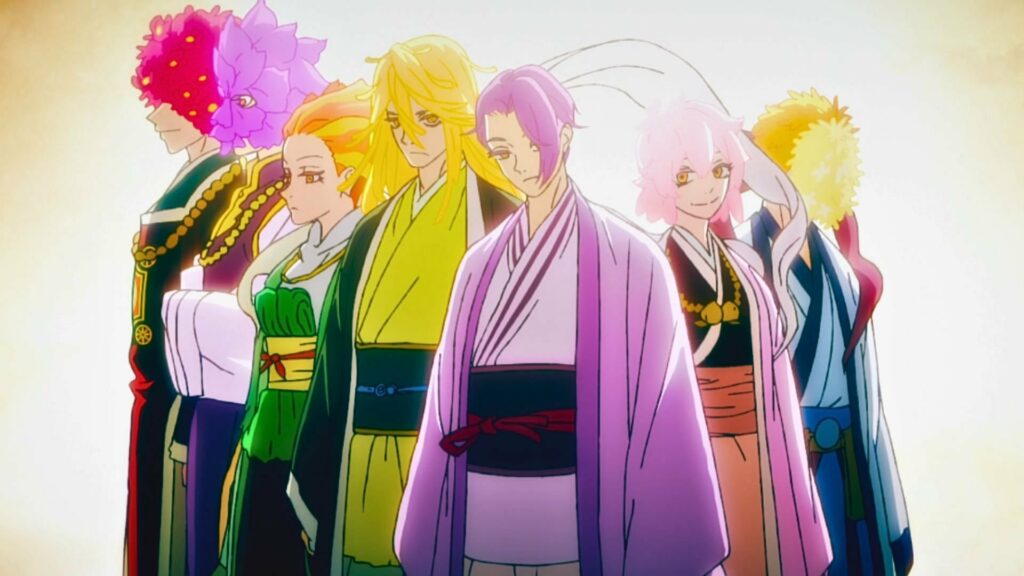
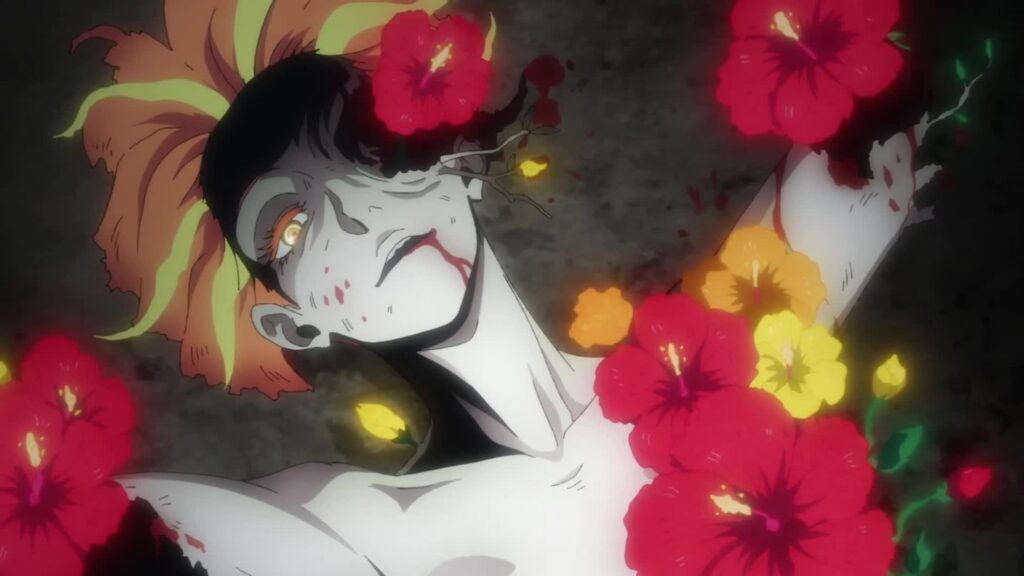
Section 5: Emotional Depth through Flashbacks and Backstories
Hell’s Paradise masterfully employs flashbacks and character backstories to enrich the narrative and provide crucial insights into the characters’ motivations and past traumas. These narrative devices serve as windows into the characters’ inner worlds, offering glimpses into their formative experiences and the events that have shaped them into who they are in the present. Through skillful storytelling, the anime delves into the depths of their emotional journeys, unraveling layers of complexity and revealing the deep-seated scars that drive their actions. The careful integration of flashbacks and character backstories not only deepens our understanding of the characters but also elicits a strong emotional response, forging a powerful connection between viewers and the story.
By delving into the characters’ pasts, Hell’s Paradise explores the universal themes of pain, loss, and resilience. Each character’s backstory unveils a unique set of circumstances and challenges they have faced, allowing viewers to empathize with their struggles and appreciate the resilience they exhibit in the face of adversity. These flashbacks serve as poignant reminders that everyone has their burdens to bear, and it is through these trials that their strength and determination are forged. The anime’s ability to evoke empathy and compassion through these character-driven narratives fosters a deeper emotional investment in the story, creating a more immersive and rewarding viewing experience.
Furthermore, the use of flashbacks and character backstories adds layers of complexity to the overall narrative, allowing for the exploration of themes such as identity, redemption, and the power of personal growth. As viewers gain deeper insights into the characters’ pasts, they begin to unravel the intricate web of connections between their actions and the events that have shaped them. This narrative technique not only adds depth to the individual characters but also contributes to the overarching plot, revealing the interplay between past and present, and the profound impact of personal history on the trajectory of the story. It is through the careful interweaving of these flashbacks and character backstories that Hell’s Paradise invites viewers to embark on a journey of self-discovery, reflection, and emotional resonance.
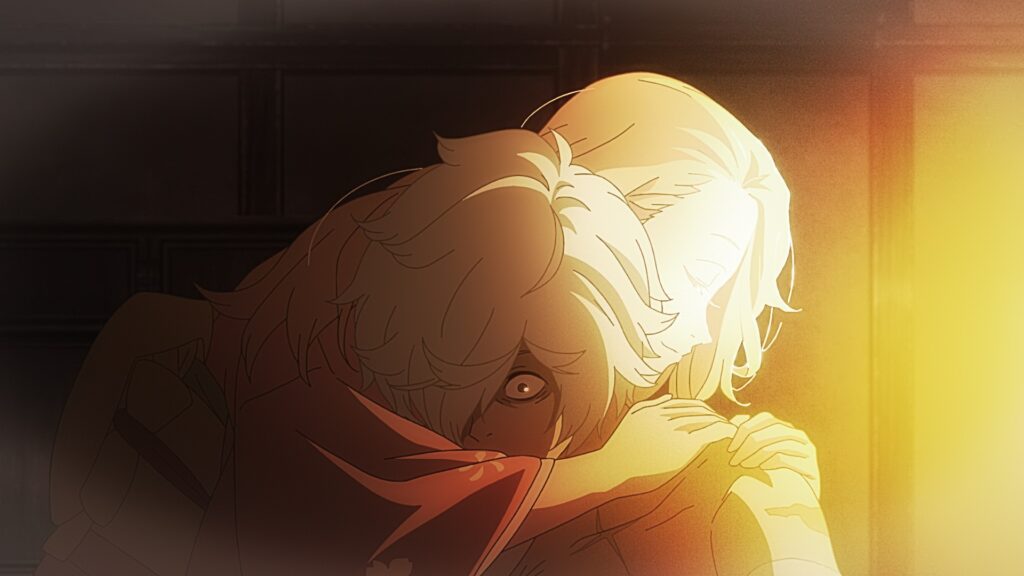

After Thought
In conclusion, Hell’s Paradise anime stands out as a masterful combination of foreshadowing, metaphors, and intricate plot points. Through its attention to detail and thought-provoking themes, the anime engages viewers on multiple levels. With its skillful use of foreshadowing, symbolic metaphors, and unexpected plot twists, Hell’s Paradise offers a captivating viewing experience that rewards attentive viewers. The exploration of morality and the depth of character development further enhance the anime’s appeal. Hell’s Paradise is a must-watch for those seeking an intellectually stimulating and emotionally resonant anime journey.




















![[AnimeKayo] Disastrous Video Games of 2023](https://animekayo.com/wp-content/uploads/2024/01/AnimeKayo-Disastrous-Video-Games-of-2023-360x180.webp)






![[AnimeKayo] Assassin's Creed Mirage](https://animekayo.com/wp-content/uploads/2023/07/AnimeKayo-Assassins-Creed-Mirage-360x180.webp)






